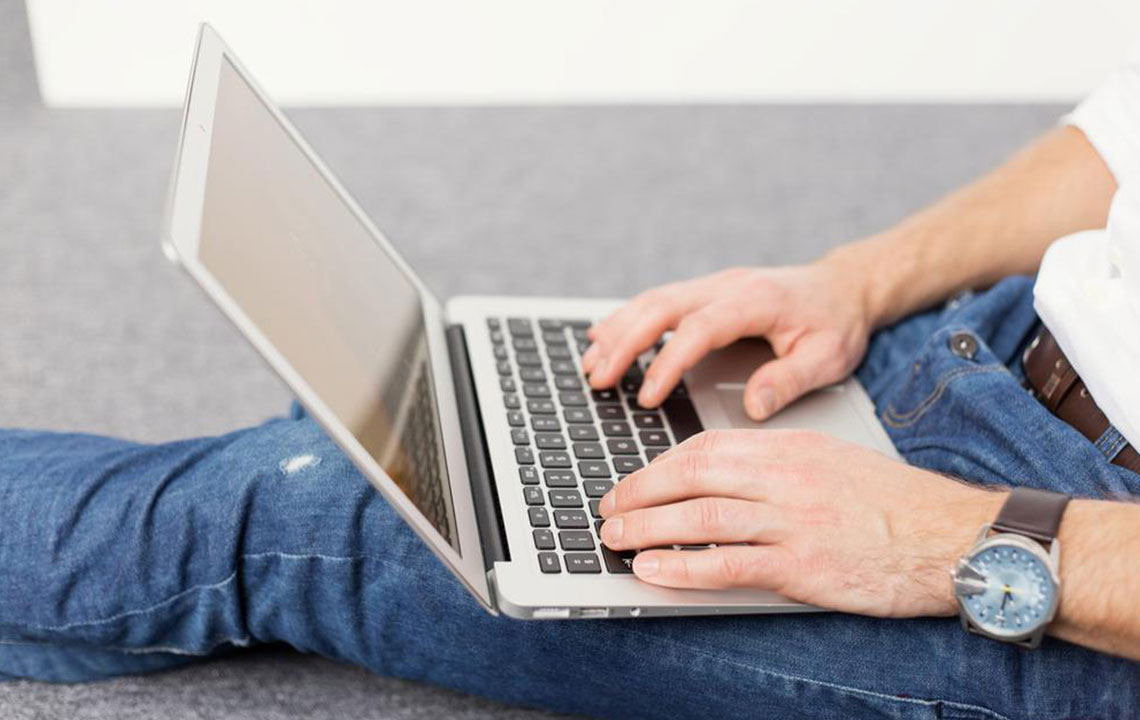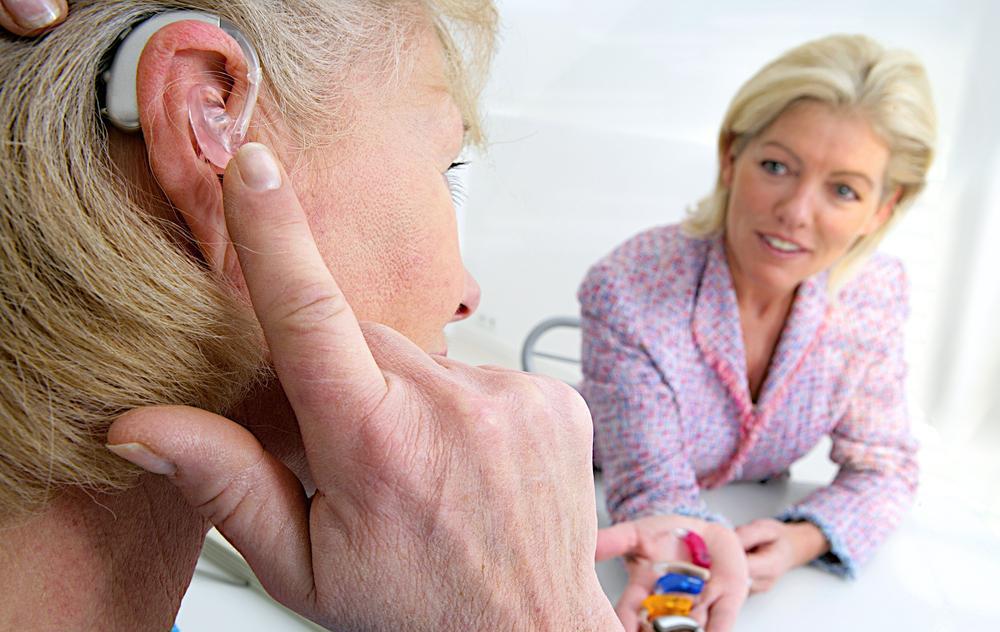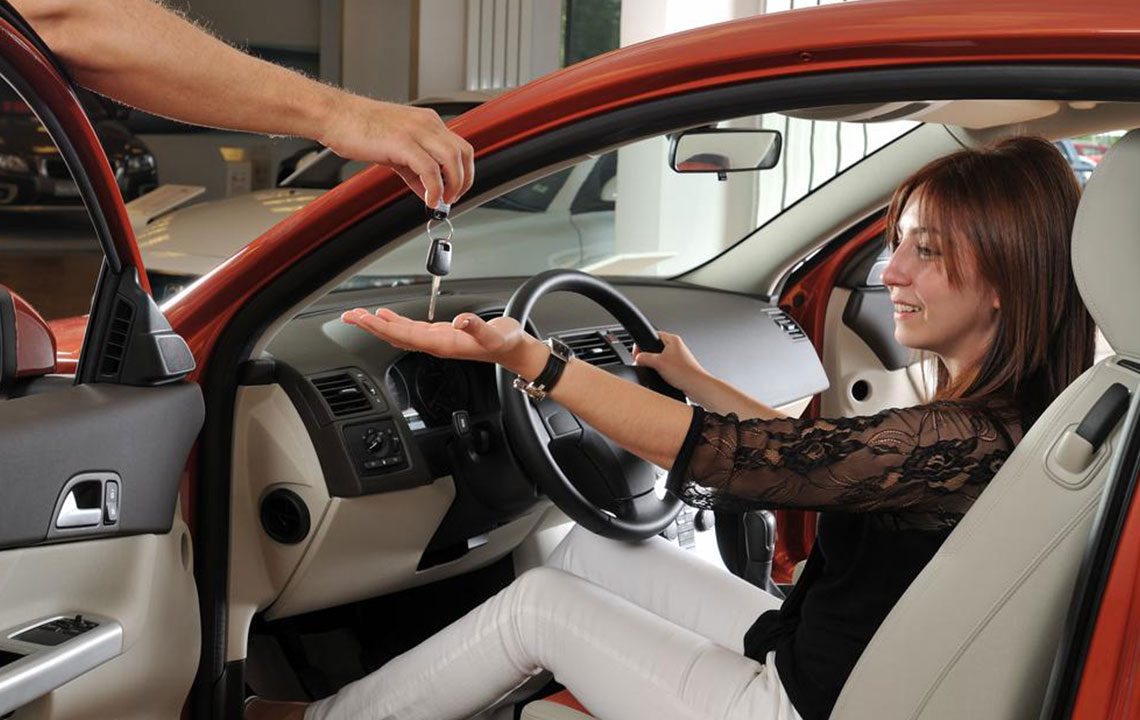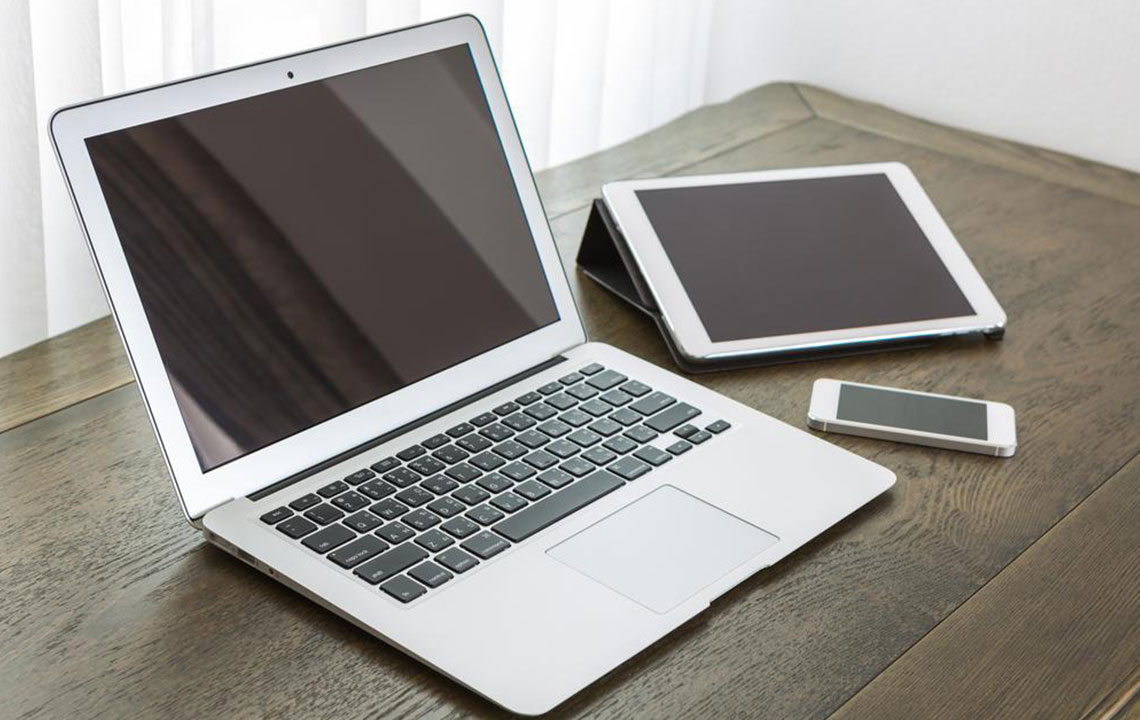Comprehensive Guide to Buying a Used Apple Computer: Tips and Best Practices
Buying a secondhand Apple computer offers a budget-friendly way to own high-quality tech, but requires careful inspection. This guide provides expert tips on assessing device age, inspecting hardware, testing functionality, and choosing reputable sources to ensure you make an informed, safe purchase. Learn how to evaluate display and battery health, identify physical damages, and verify software updates for a seamless ownership experience. Whether you're after a MacBook or iMac, this comprehensive guide helps you avoid pitfalls and find reliable used Apple devices that meet your needs and budget.

Essential Factors to Consider Before Purchasing a Secondhand Apple Device
In today's tech market, many consumers opt to buy secondhand Apple computers such as MacBooks, iMacs, and Mac Minis. The primary reason for this trend is the high cost of brand-new models, which can be prohibitive for many budget-conscious buyers. Purchasing a used Apple device can be a smart choice if done carefully, ensuring you get a reliable product without overspending. However, since secondhand electronics can vary greatly in quality and condition, it’s crucial to perform a thorough inspection before finalizing your purchase.
This comprehensive guide aims to equip you with the necessary knowledge and practical tips to make an informed decision. Whether you're looking for a budget-friendly MacBook for daily work, a vintage iMac for creative projects, or any other secondhand Apple device, understanding what to look for is key to avoiding common pitfalls and securing a device that meets your expectations.
Key Considerations When Buying a Used Apple Computer
Assess the Device’s Age and Longevity – Apple products are known for their robust build quality and long lifespan. Nevertheless, the age of a used device is an important factor to consider. Generally, devices older than three years might not support the latest operating system updates or may lack the hardware performance needed to run modern applications smoothly. An older model could also have reached the end of its hardware upgrade cycle, which can impact speed and compatibility with current software. Therefore, aim for devices that are no older than three to four years to ensure better longevity and performance.
Inspecting Physical Condition and Screen Quality
Examine the Display Thoroughly – The display is one of the most critical components of any Apple computer. Many secondhand Macs are sold due to display issues such as dead pixels, backlight problems, or physical damage. Carefully inspect the screen edges and corners for cracks or discoloration. Turn on the device to check for uniform brightness, color accuracy, and any flickering or dead zones. Additionally, look for signs of water damage or other physical deterioration that could indicate underlying issues.
Testing Functional Components
Keyboard, Trackpad, and Ports – Verify that all keys on the keyboard work correctly and that there are no sticky or unresponsive keys. Test the trackpad for smoothness and responsiveness. Also, connect external devices such as USB drives, headphones, or external displays to ensure all ports are functioning properly. This step helps identify potential hardware faults that may require costly repairs later.
Checking for Physical Damages
Observe the External Condition – Look meticulously for scratches, dents, or other visible damages on the device’s surface. Check that the casing is intact and not warped. Ensure the hinges on MacBooks move smoothly and that the device opens and closes properly. Confirm that all screws and panels are secure, indicating careful handling and maintenance by the previous owner.
Verifying Software and Battery Health
Software Compatibility and Updates – Ensure the device is running a recent version of macOS. Check that the operating system can be updated to the latest version compatible with the device. A device with outdated software may pose security risks and lack compatibility with current applications.
Battery Performance – Battery health is crucial for portability and overall device efficiency. Use the macOS built-in battery health status feature to check its cycle count and maximum capacity. A battery with high cycle counts or significantly diminished capacity may need replacement soon, adding additional costs.
Additional Tips for a Safe Purchase
Request a Purchase History and Warranty Information – Ask the seller for detailed information about the device’s history, previous repairs, and warranty status if available. This documentation can provide insights into the device’s past issues and current condition.
Buy from Reputable Sellers or Certified Refurbishers – Whenever possible, purchase from trusted sources such as authorized refurbishers, certified stores, or well-rated online marketplaces. Certified refurbishers often perform thorough tests and repairs, providing warranties that safeguard your investment.
Test Drive the Device – If possible, test the Mac in person before buying. This allows you to perform all the above checks firsthand and ensures the device operates as expected.
In conclusion, buying a secondhand Apple computer can be an excellent way to access high-quality technology at a lower cost. However, it requires careful inspection and verification to avoid future headaches. By following these detailed tips and guidelines, you can maximize your chances of making a smart purchase that will serve you well for years to come.
Remember, patience and thorough research are your best tools in the secondhand tech market. Whether it's for work, creative projects, or general use, a well-chosen used Apple device can be a valuable asset, provided you evaluate its condition meticulously and buy from reputable sources.





